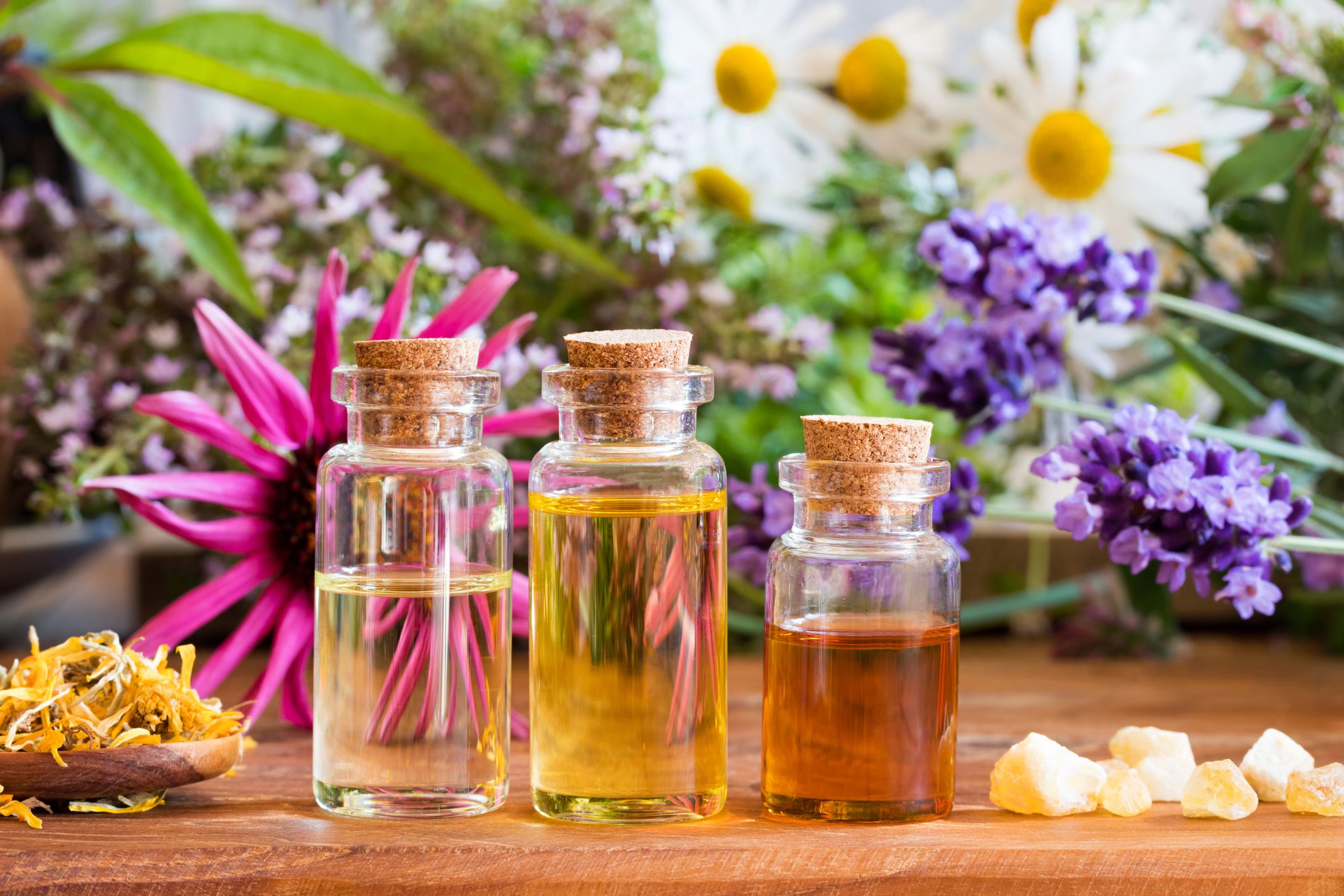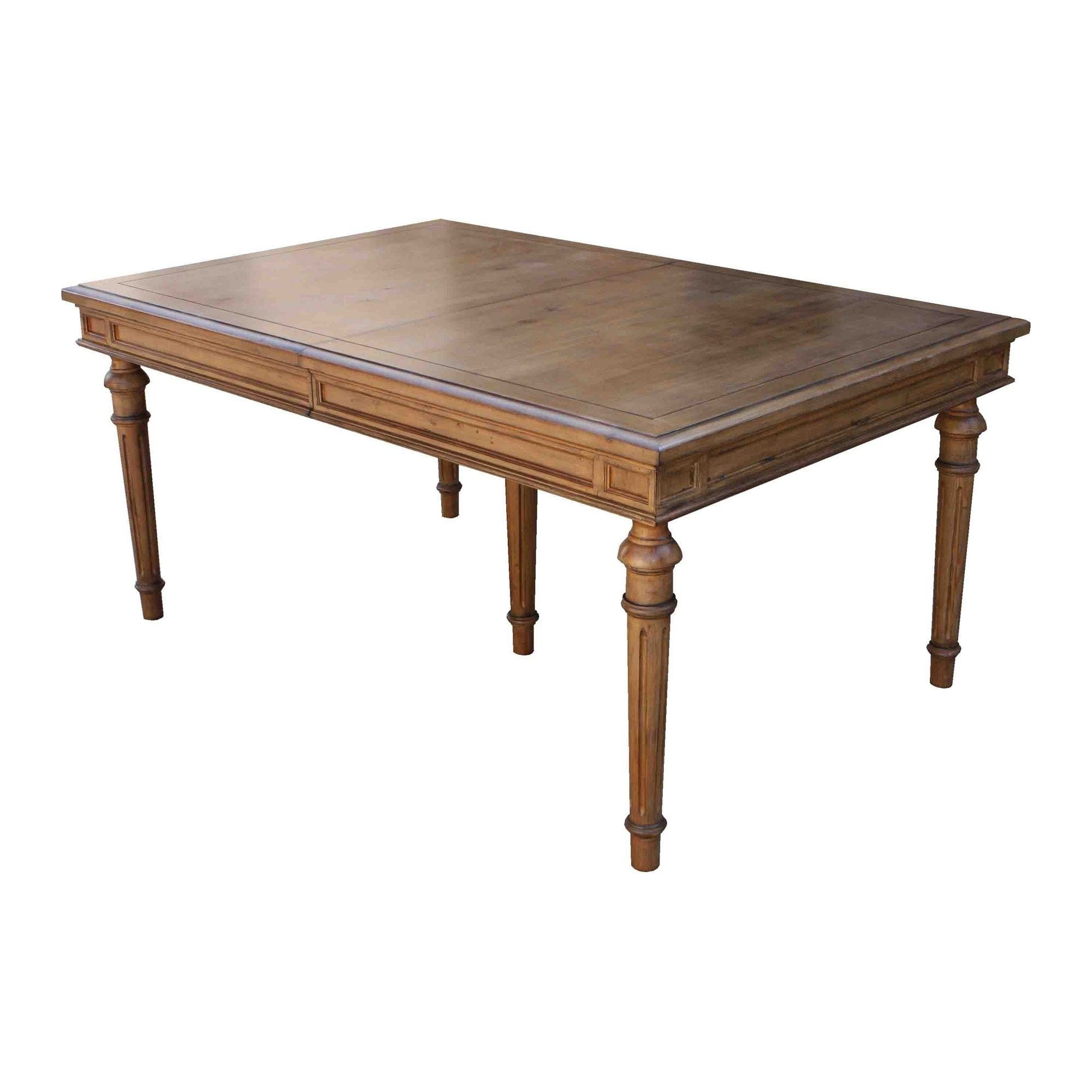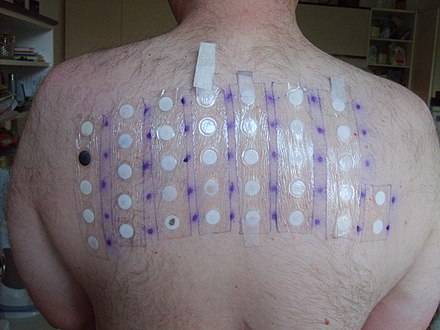Aromatherapy Blending: Unlock Perfect Ratios with Our Chart
Imagine: The soft glow of candlelight, the gentle hum of your diffuser, and the promise of tranquility filling the air. You reach for your collection of precious essential oils, eager to create a blend that melts away the day's stress. But a nagging doubt creeps in – are you using the right proportions? Too much lavender and it's overpowering, too little chamomile and the calming effect is lost. This is where understanding aromatherapy blending ratios chart becomes not just helpful, but essential to your aromatherapy journey.
Understanding Essential Oil Dilution
The foundation of safe and effective aromatherapy lies in proper dilution. Applying undiluted essential oils directly to the skin can lead to irritation, sensitization, and even allergic reactions. Essential oil dilution charts provide a quick reference to ensure you're using the correct ratio of essential oil to carrier oil. Dilution is expressing the concentration of essential oil in a blend as a percentage.
A percentage dilution chart is crucial because it represents the amount of essential oils in relation to the carrier oil. The higher the percentage, the stronger the concentration of essential oils. However, strength is not always better. It is paramount to understand that safe essential oil blending ensures therapeutic effectiveness without causing adverse reactions.
Factors Affecting Dilution
Several factors influence the ideal dilution rate for your blend:
- Age: Children and the elderly require significantly lower dilutions than healthy adults.
- Skin Sensitivity: Individuals with sensitive skin should use lower dilutions to minimize the risk of irritation.
- Specific Essential Oil: Some essential oils are considered "hot" oils (e.g., cinnamon, clove) and require much lower dilutions.
- Application Method: Topical application generally requires lower dilutions than aromatherapy inhalation.
- Health Conditions: Certain health conditions may necessitate lower dilutions or the avoidance of specific essential oils altogether. It is always advised to consult your healthcare provider before starting any aromatherapy treatment.
Creating Your Aromatherapy Blending Ratios Chart
While pre-made charts are helpful, understanding how to calculate dilutions yourself empowers you to customize your blends. Here’s a breakdown of how to create your own essential oil dilution chart:
Step 1: Determine Your Desired Dilution Percentage
The dilution percentage depends on the factors listed above. Here are some general guidelines:
- 0.5-1%: For children, the elderly, individuals with sensitive skin, or for facial applications.
- 2-3%: For general topical applications, such as massage oils or body lotions. This is often a good starting point for most adults.
- 5-10%: For short-term use on localized areas, such as for muscle pain or injury.
- 25%: Is for spot treatments only (e.g. warts or nail fungus) and should be used under the guidance of a trained aromatherapist.
Step 2: Calculate the Number of Drops of Essential Oil
This is where the chart comes to life. You'll need to know how many drops of essential oil are in a milliliter (mL). A general rule of thumb is that 1 mL of essential oil contains approximately 20 drops. Keep in mind that this is an approximation; viscosity can affect the actual drop count. Some aromatherapists use 30 drops, but 20 is a more conservative estimate.
The formula is:
Drops of Essential Oil = (Desired Dilution Percentage / 100) * (Total mL of Carrier Oil * 20 drops/mL)
For example, let's say you want to create a 30 mL blend with a 2% dilution:
Drops of Essential Oil = (2 / 100) * (30 * 20) = 12 drops
Step 3: Create Your Table
Now, construct a table to easily reference different dilutions for various carrier oil volumes.
Here's an example of a basic aromatherapy blending ratios chart:
| Carrier Oil Volume (mL) | 0.5% Dilution (Drops) | 1% Dilution (Drops) | 2% Dilution (Drops) | 3% Dilution (Drops) | 5% Dilution (Drops) |
|---|---|---|---|---|---|
| 10 mL | 1 | 2 | 4 | 6 | 10 |
| 15 mL | 1.5 (round to 2) | 3 | 6 | 9 | 15 |
| 30 mL | 3 | 6 | 12 | 18 | 30 |
| 50 mL | 5 | 10 | 20 | 30 | 50 |
| 100 mL | 10 | 20 | 40 | 60 | 100 |
You can expand this table to include additional dilution percentages or carrier oil volumes as needed.
Remember that this chart is a guideline. It's always better to err on the side of caution and start with a lower dilution, especially if you are new to aromatherapy.
Choosing the Right Carrier Oil
Essential oil carrier oils are vegetable oils that dilute essential oils, making them safe for topical application and helping them absorb into the skin. Common carrier oils include:
- Jojoba Oil: Closely resembles the skin's natural sebum, making it suitable for most skin types.
- Sweet Almond Oil: A versatile and affordable option, but may not be suitable for individuals with nut allergies.
- Grapeseed Oil: Light and easily absorbed, making it a good choice for massage oils.
- Coconut Oil (Fractionated): Odorless and liquid at room temperature, with a long shelf life.
- Apricot Kernel Oil: Similar to sweet almond oil but lighter and more easily absorbed.
- Rosehip Oil: Rich in antioxidants and beneficial for mature or damaged skin, but can be more expensive.
The best carrier oil for you depends on your skin type, desired properties, and personal preferences.
Sample Aromatherapy Recipes and Blending Guidelines
Now that you understand dilution, let's look at some example aromatherapy recipes:
- Relaxing Blend: 3 drops lavender, 2 drops chamomile, 1 drop frankincense in 30 mL of carrier oil (approx. 1% dilution).
- Uplifting Blend: 3 drops sweet orange, 2 drops grapefruit, 1 drop bergamot in 30 mL of carrier oil (approx. 1% dilution).
- Muscle Relief Blend: 4 drops peppermint, 3 drops rosemary, 2 drops marjoram in 30 mL of carrier oil (approx. 1.5% dilution).
- Sleep Blend: 5 drops Lavender, 3 drops Cedarwood, 2 drops Vetiver in 30mL of carrier oil (approx. 1.66% dilution).
These are just starting points. Feel free to experiment and adjust the ratios to suit your preferences. Always keep safety in mind and avoid exceeding recommended dilution levels.
Essential Oil Safety Considerations
Essential oil safety is paramount. Always research individual essential oils before use, paying attention to contraindications, potential skin irritations, and photosensitivity. Some essential oils, like citrus oils, can make your skin more sensitive to sunlight. Always perform a patch test before applying a new blend to a large area of skin. Apply a small amount to your inner arm and wait 24-48 hours to check for any adverse reactions.
Keep essential oils out of reach of children and pets. If ingested, contact a medical professional immediately. Avoid using essential oils internally unless under the guidance of a qualified aromatherapist. According to a 2024 report from the National Association for Holistic Aromatherapy (NAHA), adverse reactions to essential oils are most commonly due to improper dilution or use on sensitive skin.
Important Tip: Never apply undiluted essential oils directly to the skin. This can lead to sensitization and allergic reactions.
Troubleshooting
Here are some common issues you may encounter when blending essential oils and how to address them:
- Skin Irritation: Reduce the dilution percentage in your blend. Switch to a gentler carrier oil or discontinue use of the essential oil causing the irritation.
- Overpowering Scent: Reduce the amount of the dominant essential oil in your blend.
- Lack of Therapeutic Effect: Ensure you are using high-quality essential oils and that your dilution is appropriate for the intended use.
- Cloudy Blend: Some essential oils may not fully dissolve in certain carrier oils. Try using a different carrier oil or gently warming the blend before application.
Pro Tips
Elevate your aromatherapy blending with these pro tips:
- Keep Accurate Records: Document your blends, including the essential oils used, ratios, and the effects they produce. This helps you refine your recipes over time.
- Use High-Quality Essential Oils: Opt for pure, therapeutic-grade essential oils from reputable sources.
- Start Small: Begin with small batches to test your blend before making a larger quantity.
- Consider Synergy: Some essential oils work together to enhance each other's therapeutic properties. Research synergistic blends for specific conditions.
- Use an essential oil blend calculator: These tools automate the dilution calculations and ensure accuracy. There are free online calculators available or paid apps to consider.
FAQ
- What is the difference between an essential oil and a fragrance oil?
- Essential oils are natural aromatic compounds extracted from plants, while fragrance oils are synthetic imitations. Only use genuine essential oils for therapeutic purposes.
- Can I use essential oils during pregnancy?
- Consult with a qualified aromatherapist or healthcare provider before using essential oils during pregnancy, as some are contraindicated.
- How long do essential oil blends last?
- The shelf life of an essential oil blend depends on the carrier oil used. Blends typically last for 6-12 months. Store them in dark glass bottles in a cool, dark place to prolong their shelf life.
- Can I use essential oils on my pets?
- Essential oils can be toxic to pets if used improperly. Consult with a veterinarian or qualified animal aromatherapist before using essential oils on your pets.
- Where can I learn more about aromatherapy dilution guidelines and essential oil blending guidelines?
- Resources include reputable books, websites like the National Association for Holistic Aromatherapy (NAHA), and certified aromatherapy courses.
Mastering aromatherapy blending ratios chart principles is your key to unlocking the full potential of essential oils, ensuring both safety and efficacy in your personalized aromatherapy practices. Dive in, experiment responsibly, and create blends that nourish your body, mind, and spirit. Share your favorite blend in the comments below – we'd love to hear about your aromatherapy experiences!


